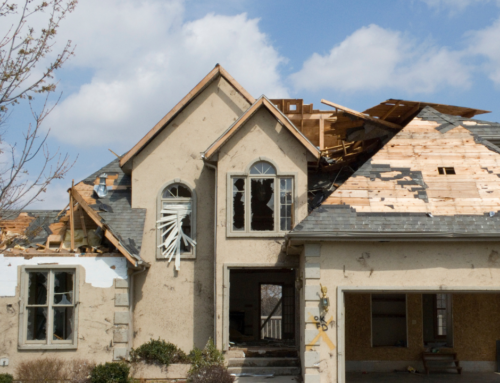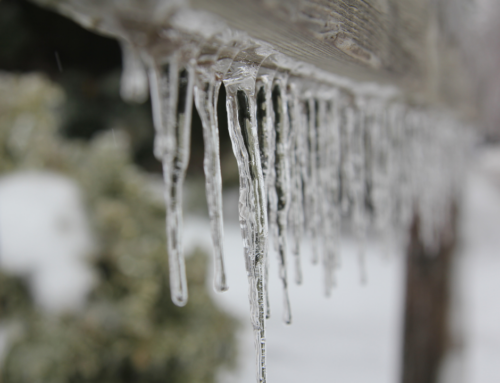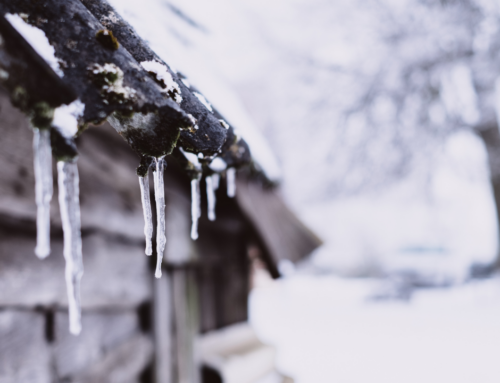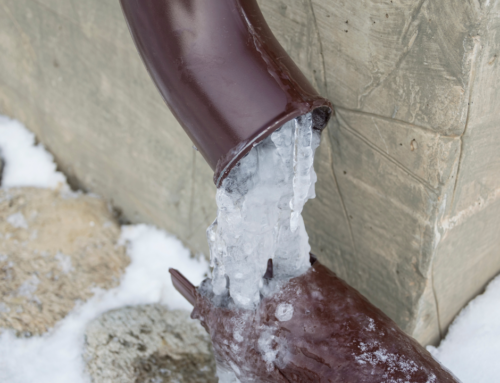The Essential Winter Storm Damage Checklist for Homeowners
Winter storms can unleash a combination of snow, ice, wind, and freezing temperatures that pose significant risks to your home. As a homeowner, being prepared and knowing how to assess potential damage is critical to ensuring your safety and minimizing repair costs. Below is a comprehensive checklist to help you handle winter storm damage effectively and safeguard your property.
1. Inspect Your Roof and Gutters
- Check for Missing or Damaged Shingles: Look for any shingles that may have been dislodged or cracked by strong winds or heavy snow.
- Examine Gutters and Downspouts: Ensure they are not clogged with ice or debris. Ice dams can lead to water backing up under your roof, causing leaks and structural damage.
- Assess for Sagging Areas: Excessive snow accumulation can strain your roof, leading to potential collapse. Clear snow safely if needed.
2. Evaluate Windows and Doors
- Look for Drafts or Broken Seals: Extreme cold can cause seals to crack or fail, increasing your heating costs and reducing energy efficiency.
- Inspect Glass for Cracks: Any damage to windows could worsen under pressure from ice or snow.
3. Check Exterior Walls and Siding
- Identify Cracks or Warping: Prolonged exposure to freezing temperatures and moisture can damage siding.
- Inspect for Water Stains: These could indicate leaks that need immediate attention to prevent further damage.
4. Survey Trees and Landscaping
- Look for Broken or Hanging Branches: Heavy ice and snow can weaken tree limbs, posing a risk to your home and power lines.
- Examine Tree Roots: Uprooted trees can cause significant property damage and may require professional removal.
5. Inspect Plumbing and Water Systems
- Check for Frozen Pipes: Look for visible frost or bulging in exposed pipes, and test faucets for water flow. A lack of water may indicate a blockage.
- Inspect for Leaks: Freezing and thawing cycles can cause pipes to crack or burst, leading to water damage.
6. Assess Your Heating System
- Check Furnace and Boilers: Ensure your heating systems are functioning properly and have not been overworked during the storm.
- Inspect Chimneys and Vents: Blockages from snow or ice can lead to dangerous carbon monoxide buildup.
7. Review Your Electrical System
- Check for Power Surges or Outages: Winter storms often cause electrical disruptions that can damage appliances and wiring.
- Inspect Outdoor Wiring: Look for damage from fallen branches or ice buildup.
8. Document and Report Damage
- Take Photos of All Affected Areas: Detailed visual evidence is essential for insurance claims.
- Contact Your Insurance Provider: Notify your insurer of any damage as soon as possible to initiate the claims process.
- Schedule Professional Assessments: Hire experts to evaluate structural damage, roofing, or plumbing issues beyond your expertise.
9. Prevent Future Damage
- Install Storm Shutters and Reinforce Doors: These measures can protect against high winds and flying debris.
- Invest in Insulation and Weatherproofing: Prevent ice dams and frozen pipes by ensuring your home is well-insulated and sealed.
- Trim Overhanging Branches: Regular maintenance can reduce the risk of storm-related tree damage.
Weathering the Storm with Confidence
Winter storms are unpredictable and can cause a wide range of issues for homeowners. By following this checklist, you can identify and address damage early, reducing repair costs and maintaining the safety of your home. If you find yourself dealing with extensive damage, Xcel Restore is here to help. Our team of restoration experts specializes in handling storm-related issues, ensuring your home is back to normal as quickly as possible.
Contact Xcel Restore today to learn more about our winter storm damage restoration services.




